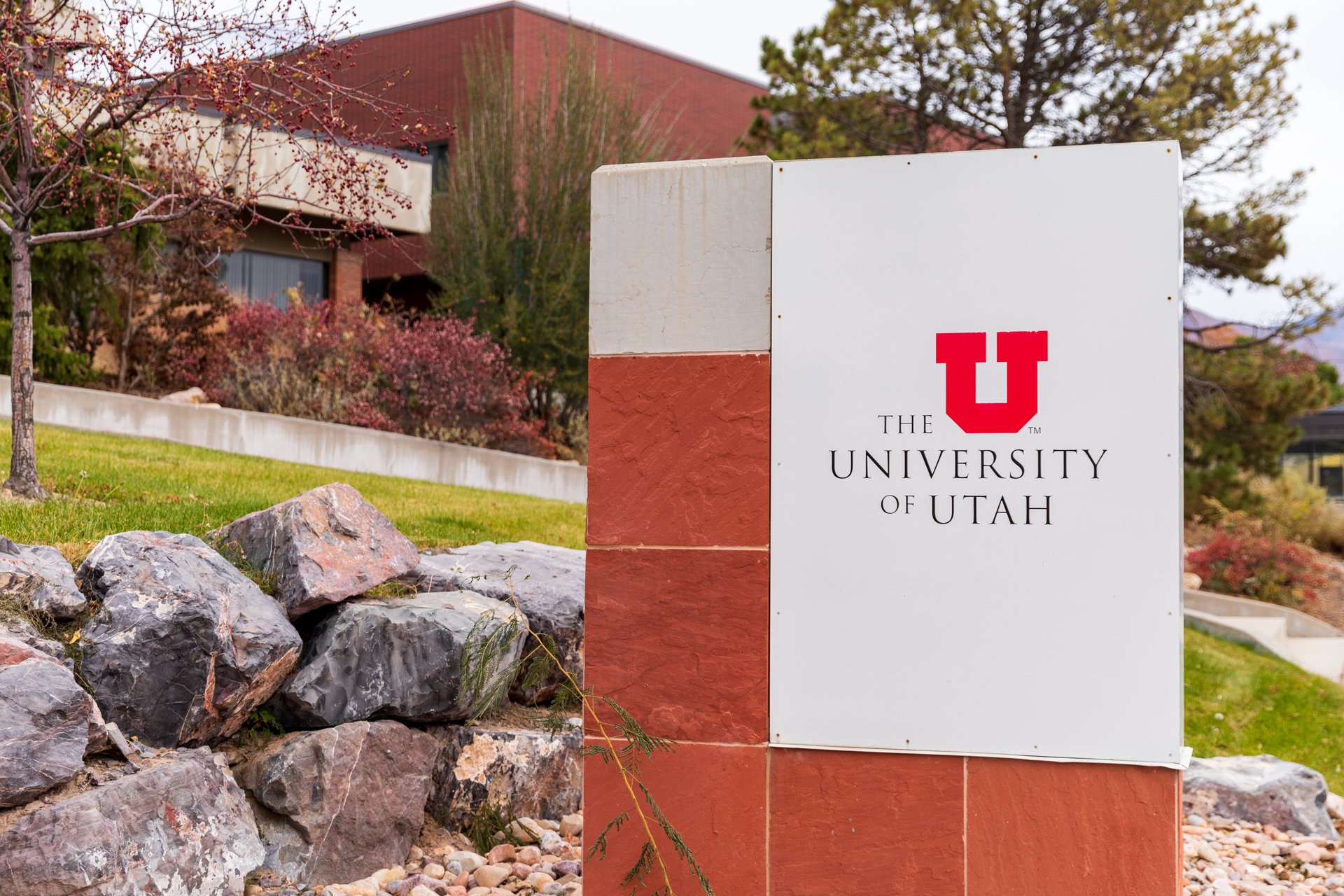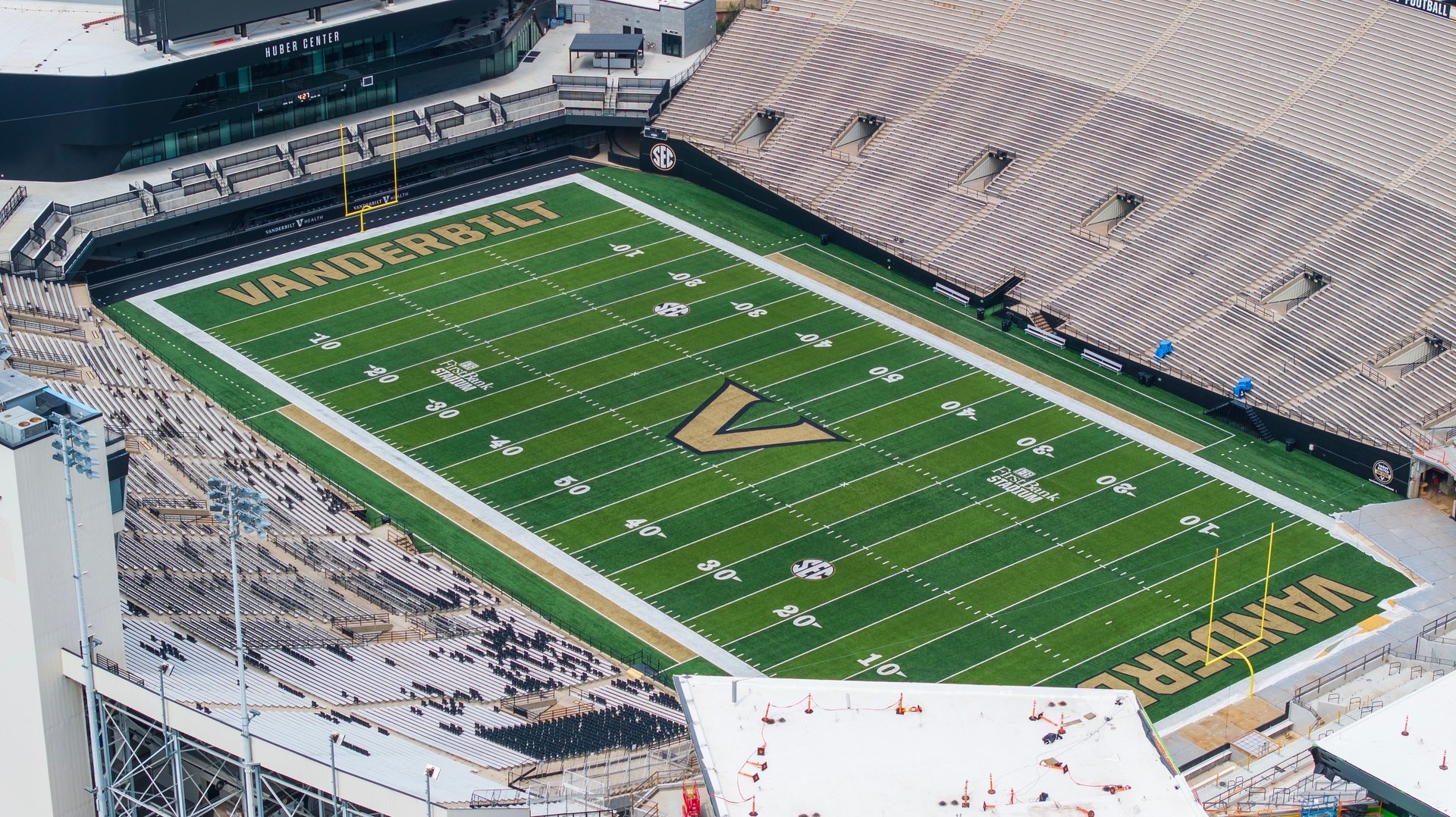Good morning, and thanks for spending part of your day with Extra Points.
Today’s newsletter is a sponsored post, brought to you by College Athletic Management

Most college athletic apparel contracts are pretty similar. Generally, the university is given the ability to purchase a certain amount of athletic equipment from an apparel company at discounted rates. The university may also get a guarantee for various student internships, the ability to make alternative uniforms, and if they’re very lucky, some cash. And in return, the university agrees to offer tickets and various marketing space to the apparel company, and most importantly, to only purchase equipment from that company.
Over the last few years, outside the very largest and most prestigious brands, those apparel contracts have become less favorable to universities. Some fringe benefits, like student internship opportunities, generous performance incentives or unified marketing initiatives, are going away, and apparel companies push schools to purchase more equipment on less generous terms.
One industry insider thinks there’s a better way.
Pat Flynn, of College Athletic Management, has been in the college sports industry for years, working everywhere from multimedia rights to brand management. But he spent the bulk of his career working his way up the ranks at Under Armour, where he helped recruit new athletic departments. He’s seen just about every major athletic department contract under the sun…and he thinks now is the time to change things up.

Pat Flynn
“I think everybody is kind of looking for something different,” he told me, from apparel brands to universities to individual athletes.
His big idea? Take away the exclusivity from the apparel brand and allow athletic departments to be outfitted by their preferred brand. College Athletics Management is offering to equip both sides for the entire process.
Let’s say, to pick a random school here, Murray State signs an athletic apparel contract with Nike. Nike agrees to give Murray State a certain amount of free stuff, while also letting the school purchase footwear, uniforms and other equipment at substantially discounted rates.
But in order to keep the deal, everybody has to wear Nike stuff, unless there are special carve-outs for sports where Nike doesn’t make all the required equipment. That means everybody is wearing Nike jerseys during the game, Nike t-shirts at practice, Nike hoodies during official athletic department media events, and of course, Nike shoes during the game…coaches and players. Nike is buying the exclusive rights to outfit everybody.
But Flynn doesn’t think it has to be that way forever. What if, hypothetically, Nike just bought the rights to outfit the apparel and uniforms for Murray State? What if every Murray State athlete or entire sport could decide to wear whatever shoes they wanted, or even better, whatever shoes another company paid them to wear? This solution would provide that option, along with support to help negotiate and structure the deal on behalf of the athletic department.
“All of these athletic apparel companies, they’re also trying to compete in the NIL arms race, you know? By splitting these up, the brands have a chance to do something really different and add storytelling to their NIL conversation.” Flynn says offering an opportunity like this should seek support to guide the entire process.
For a mid-major, athletes being able to hypothetically secure their own shoe deals could be a recruiting advantage, giving athletes an additional chance to earn money, as well as make a fashion or comfort statement on the court. If a player wanted to wear the Nike product he was getting originally, he (or the department) could still purchase those at the discounted rate, or perhaps Nike, Adidas and others would want to create an athlete influencer program to get their shoes on as many feet as possible.
In a world where almost every school outside the P4 will be unable to fully fund revenue sharing up to the House limit, finding new market-based opportunities becomes even more important. If an athlete is able to wear the shoes he or she wants to wear, and can make a little extra scratch doing it, that’s just more money the school doesn’t need to fork over from their own revenue sharing bucket.
Flynn also believes a more open market for college team sports or athletes in-game apparel would make it easier for more brands to participate in the college market. Li-Ning, for example, is unlikely to sponsor an entire American college athletic department, but they could go after a few individual college basketball players. The majority of NBA players wear Nike shoes, but since players can secure whatever deals they want, there are a lot more than just four companies involved.
Since mid-majors aren’t getting massive amounts of money or free product from major brands anyway, renegotiating the deals to free up athlete inventory wouldn’t be a massive concession for brands, according to Flynn. The consultancy on the shoe and apparel deal, as well as support to expand upon that with NIL, could provide a major impact on how apparel deals will be written.
“A lot of those benefits in the older contracts, like partnerships with campus recreation, alumni groups, internships…I think those are decreasing. Now I’m seeing a gap in the market, with some bigger brands pulling away. What does a school do to mitigate that? Not a lot, because there are only three big brands.”
By changing the terms of these agreements, Flynn believes new brands can be brought into different sports, benefiting everybody.
There are logistical considerations to make this work, of course. Flynn told me that since so many mid-majors partner with wholesale distributors, like BSN or Game One, to execute their apparel contracts, he’d recommend continuing partnerships with those companies. That way, it would be easier and faster to plug other brands into an existing fulfillment and distribution network…so everybody gets the shoes they need, on time from one centralized ordering system.
Plus, working with a mass wholesaler can help make sure that all the game-time shoes are the same color, if a program wanted, even if the brands weren’t the same. Flynn believes that combining an experienced brand in college sports outfitting like BSN Sports or Game One, along with expertise such as College Athletics Management,
Of course, the backup shooting guard at an Ohio Valley School probably isn’t famous enough to command a shoe deal completely on his own. While Flynn sees a world where big shoe brands create wide-scale affiliate programs that athletes can opt-into, he also sees collectives, or potentially his own firm, helping entire teams or individual athletes find opportunities that make the most sense for them and align with the right brand.
In the future, maybe this extends even beyond apparel
As MMR companies begin to find ways to bring NIL-dealmaking into their portfolios, there could be other contracts or deals that would make sense to split up between athlete and university IP. Or maybe not. While revolutionary partnerships in shoe & apparel or NIL are one area where CAM provides solutions, Flynn is still providing traditional support in those areas as well. If a program wanted to find the best deal possible on a more traditional apparel contract, that’s still very much in the CAM wheelhouse.
The most important thing, according to Flynn, is a willingness to try something different. If every brand and every institution is trying the exact same thing, the biggest brands with the biggest built-in advantages will carry the day every time.
But by zigging where everybody else is zagging, smaller schools may be able to give themselves a new advantage
Colleges interested in learning more about how CAM can assist with their apparel partnerships can contact Pat at flynn @ collegeathleticsmanagement.com.

















